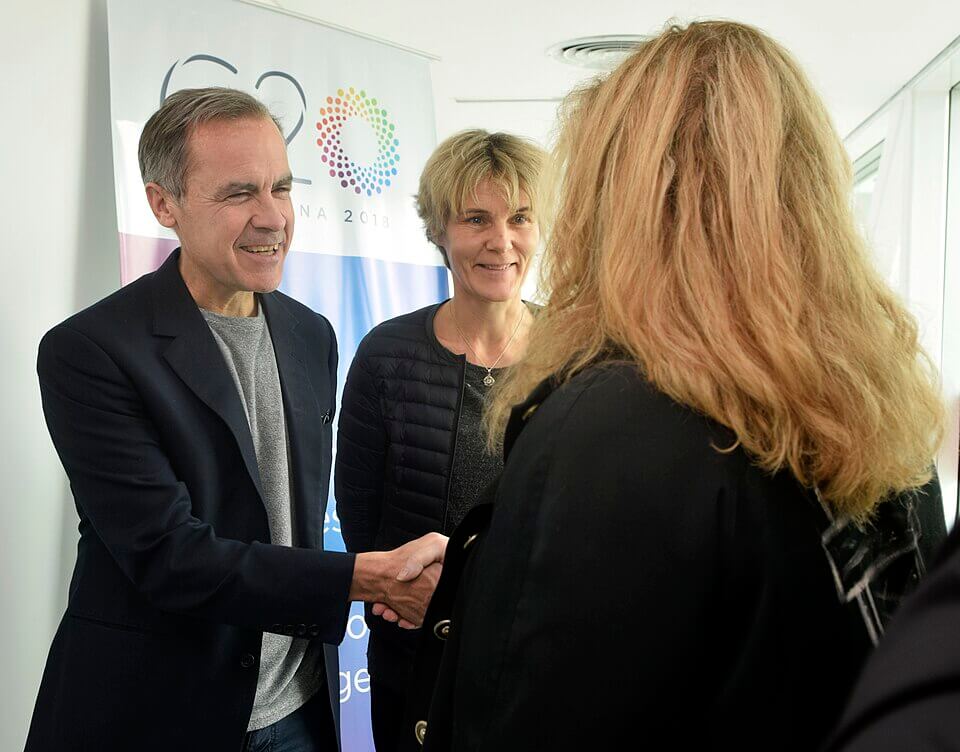Canadians have recently elected a Prime Minister known for being ‘nice’ — not as a weakness, but as a reflection of a deeper national strength.
At a time when global politics is increasingly marked by division, short-term thinking and zero-sum narratives, Canada has a different path available to us — one rooted in a quiet but powerful tradition: collaboration.
While the world often jokes about how “nice” Canadians are, our niceness isn’t just a national quirk — it’s our collaborative superpower. It’s what has enabled us to listen deeply, work across differences, and build trust-based solutions to our most complex challenges. And right now, it’s the key to solving the defining problems of our time — housing, climate, inequality and reconciliation.
At the heart of Canada’s economic prosperity is something deeper than GDP or trade figures — it’s our capacity to collaborate and innovate locally. Whether it’s tackling housing affordability in Hamilton or building Indigenous-led clean energy in Northern Ontario, the most impactful innovations are born from community-rooted solutions.
Markets don’t solve complex problems on their own. They amplify what exists — but they require direction, vision and trust to deliver inclusive outcomes. That direction comes from people: civil society organizations, local governments, entrepreneurs, Indigenous communities and mission-driven institutions. It comes from collaboration.
That’s why we believe the new federal government must treat the social sector not as an afterthought, but as a core part of Canada’s innovation economy. Because innovation isn’t just about patents and products — it’s about solving problems at scale. And no one does that better than civil society organizations, Indigenous nations, community leaders and mission-driven entrepreneurs. These are the people already doing the hard work.
Consider affordable housing: collaborative, community-led solutions don’t just put roofs over heads — they create jobs, stabilize families, improve health outcomes and enable mobility. These are all core components of a healthy, functioning economy. Canada’s housing crisis has taught us that market-only solutions won’t cut it. The shift toward collaborative models — like CMHC’s Solutions Labs and the Housing Supply Challenge — hasn’t just funded new projects; it’s fundamentally changed how we approach affordable housing.
The same is true for climate solutions. When Indigenous communities lead clean energy projects like Wataynikaneyap Power, the economic benefits stay in the community — building local capacity, ownership and long-term prosperity.
This isn’t charity. It’s economic strategy. These initiatives are about more than sustainability — they’re about sovereignty, equity and local economic development.
Canada is also becoming a global leader in climate-focused social finance and cleantech. The Canada Growth Fund and impact investment vehicles are helping scale low-carbon solutions that will define the economy of the future. And let’s not forget: the term “cleantech” itself was coined by a Canadian.
But none of this progress happened in isolation. It happened because we worked together. Because we were willing to listen, to share power and to co-create across traditional boundaries.
This is what we call radical collaboration — the practice of not just working together, but transforming how we work together. It means:
- Building long-term relationships, not just one-off partnerships
- Creating space for discomfort and hard conversations
- Valuing many kinds of knowledge equally
- Designing solutions with communities, not for them.
This kind of collaboration is hard. It’s slow. It challenges egos and requires patience. But it’s also the only way we’ll achieve systems-level change. And Canada, with its deep traditions of co-operation and pluralism, is uniquely positioned to lead.
That leadership, however, requires the right infrastructure. We need national mechanisms that connect grassroots solutions to federal strategy. We need resource flows that are flexible, equitable and grounded in local realities. We need policy coherence across departments, so promising innovations don’t get stuck in silos.
Collaboration doesn’t scale itself. We need social innovation infrastructure that connects grassroots solutions to federal strategy. That’s why SI Canada advocates for:
- A national strategy for social innovation
- Mission-based funding models that reward collaboration and inclusion
- Mechanisms for cross-departmental coordination and multi-sector financing
And above all, we need to recognize that Canada’s most valuable asset isn’t just our land or economy — it’s our people. Our capacity to collaborate across difference is not a “nice-to-have.”
It’s a survival strategy. It always has been.
Indigenous communities understood this long before the word “innovation” became a buzzword.
Their teachings on food, medicine and stewardship made Canada possible. Our collective future depends on learning — and unlearning — what it really means to build relationships based on reciprocity and shared leadership.
Where communities have the autonomy and infrastructure to drive change. Where collaboration isn’t just a personality trait — it’s our national strategy.
Let’s make sure the next chapter of Canada’s innovation story includes all of us. And let’s be unapologetic about the power of being nice.
Sorry, not sorry.
Photo courtesy By G20 Argentina – Llegada de Mark Carney, presidente del Consejo de Estabilidad Financiera, CC BY 2.0, https://commons.wikimedia.org/w/index.php?curid=74828886




